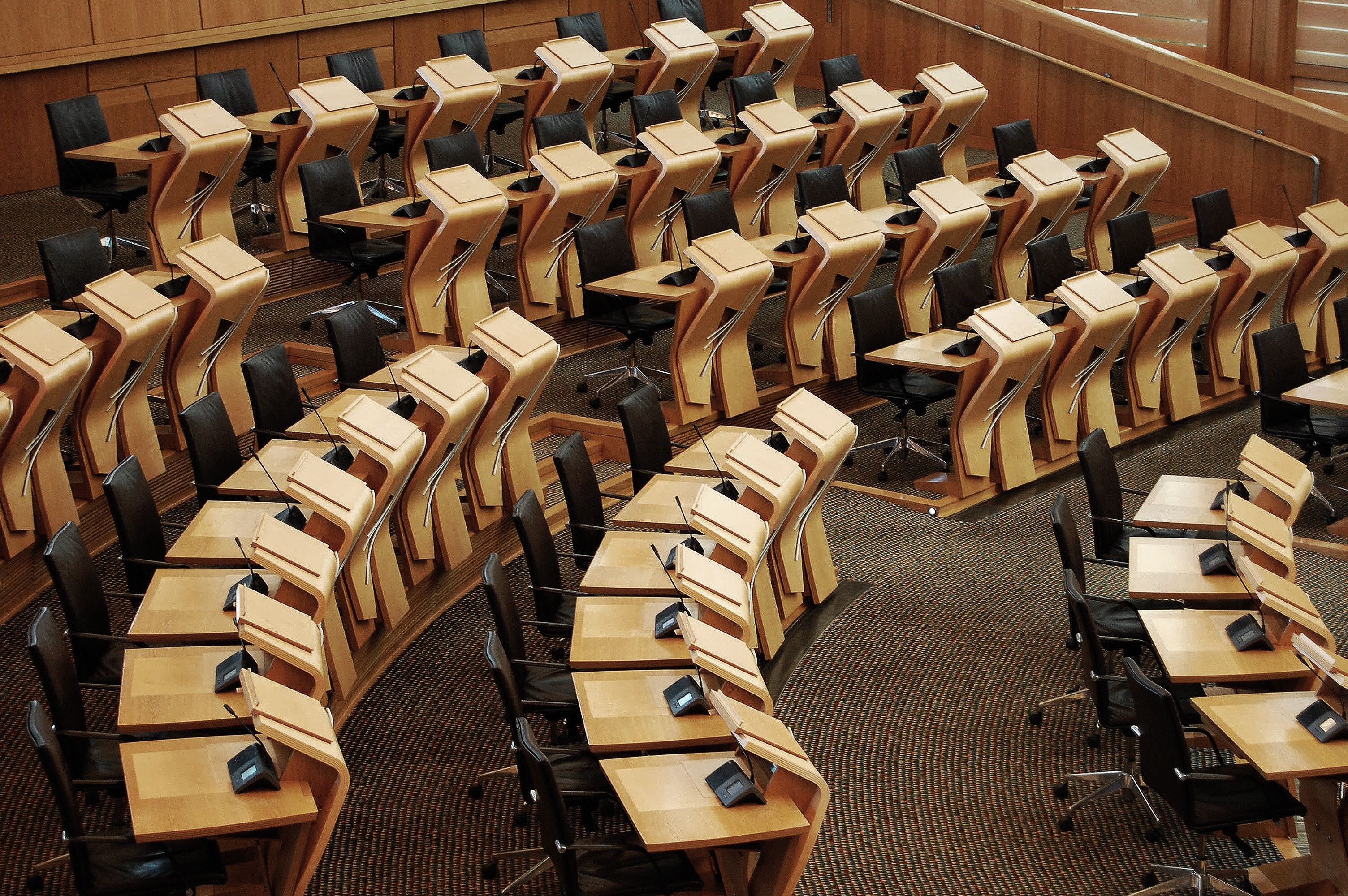Monitor marine carbon impacts
All marine activities having an impact on marine carbon stores should be monitored and high-resolution maps of their footprint made available publicly and annually.
In order to determine the impact of marine activities (including fishing) on marine carbon stores and habitats capable of sequestration, high resolution fishing footprint data should be collected and made publicly available.
Currently there is only partial evidence available of the footprint of bottom impacting activities (including fishing) in Scotland. For example, only trawlers longer than 12m in length are fitted with tracking devices – although a wider roll out is scheduled to commence. As these devices only provide location information once every two hours, and the data they provide is only publicly accessible via Freedom of Information requests it is not possible to determine how much seabed is impacted by fishing or other industries each year, the impact on marine carbon stores specifically or any damage caused to habitats capable of sequestration.
Quantification of these impacts has been a stated objective of the Scottish Government for many years but is persistently delayed.
For further information:
- Open Seas tweet, 2020, https://twitter.com/TheOpenSeas/status/1276403094616752130?s=20
- Ease the Squeeze: Scotland’s fishing footprint, Open Seas, April 2023, https://www.openseas.org.uk/news/ease-the-squeeze-scotlands-fishing-footprint/

